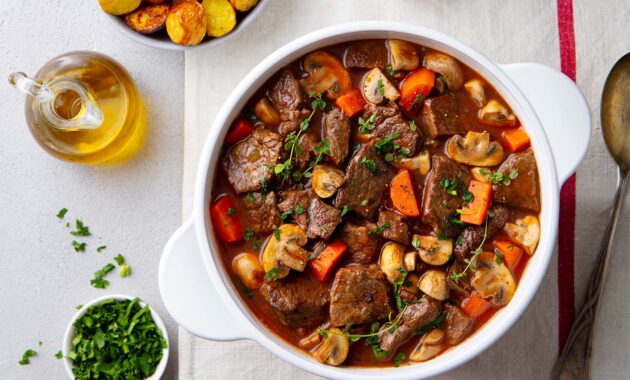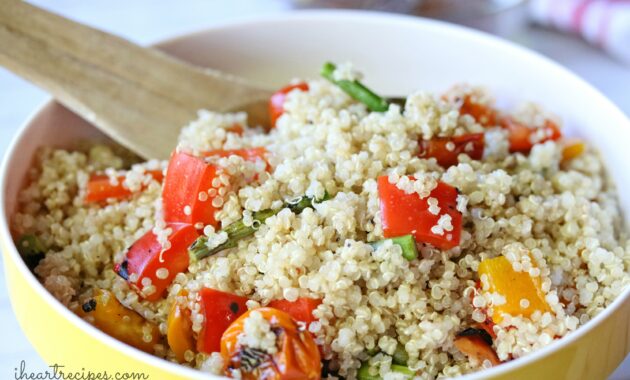Worcestershire sauce, that mysterious umami bomb lurking in your pantry, adds a depth of flavor to everything from burgers and stews to Bloody Marys and marinades. But have you ever considered making it yourself? It’s surprisingly simple and allows you to customize the flavor profile to your exact liking. This comprehensive guide will walk you through crafting your very own Worcestershire sauce, unlocking a world of culinary possibilities.
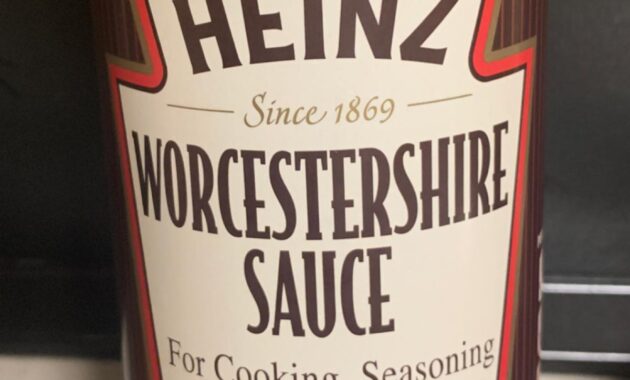
Imagine the satisfaction of drizzling a sauce you created from scratch onto your favorite dish. No more store-bought compromises – just pure, concentrated flavor tailored to your palate. This recipe provides all the details you’ll need to start your journey to creating Worcestershire sauce.

This isn’t just a recipe; it’s an adventure in flavor. We’ll explore the history of this iconic condiment, delve into the key ingredients that make it so unique, and provide step-by-step instructions to ensure your success. Prepare to elevate your cooking with homemade Worcestershire sauce!

| Category | Value |
|---|---|
| Preparation Time | 30 minutes |
| Fermentation Time | 2-4 weeks |
| Cooking Time | 1 hour |
| Servings | About 2 cups |
| Difficulty | Medium |
A Deep Dive into Worcestershire Sauce
The history of Worcestershire sauce is shrouded in a bit of mystery, but the most popular story involves two chemists, John Lea and William Perrins, in the city of Worcester, England. Legend has it that a local nobleman commissioned them to recreate a sauce he had tasted during his travels. The initial attempt was deemed too strong, so the concoction was stored in the cellar. Years later, upon rediscovering the forgotten sauce, Lea and Perrins found that the aging process had transformed it into the complex, savory condiment we know and love today. And that is how the first Lea and Perrins Worcestershire sauce was made!
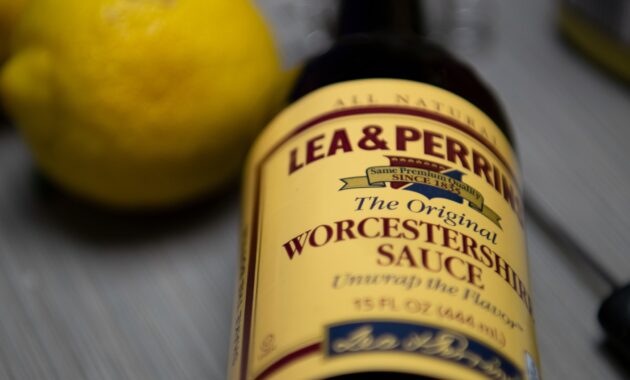
While the exact recipe remains a closely guarded secret, we can glean insights into the key ingredients that contribute to Worcestershire sauce’s unique flavor profile. A harmonious blend of sweet, sour, salty, and umami notes is what makes this sauce so versatile and addictive.

Nutrition per serving (1 tablespoon, approximately):
- Calories: Approximately 15-20
- Fat: 0g
- Sodium: 150-200mg (can vary depending on salt content)
- Carbohydrates: 2-3g
- Protein: less than 1g
Note: These values are estimates and can vary depending on the specific ingredients used.
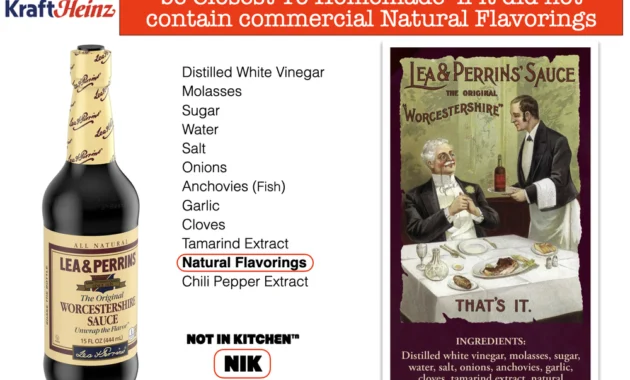
Gathering Your Arsenal: The Ingredients for Homemade Worcestershire Sauce
Creating Worcestershire sauce at home allows you to control the quality and quantity of each ingredient, ensuring a truly personalized flavor experience. Here’s a breakdown of the essential components:
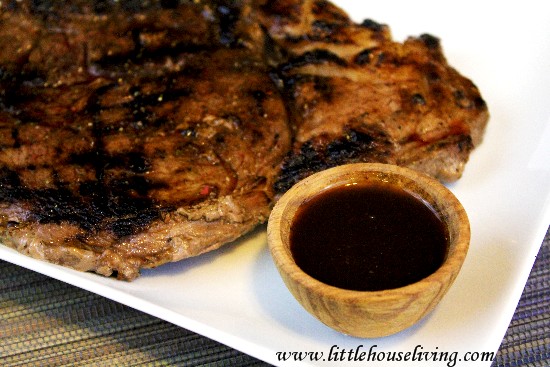
| Ingredient | Quantity | Notes |
|---|---|---|
| Dark Molasses | 1/2 cup | Provides sweetness and depth. |
| White Vinegar | 1 cup | Adds acidity and tang. Apple cider vinegar can be used for a milder flavor. |
| Soy Sauce or Tamari | 1/4 cup | Contributes saltiness and umami. Tamari is gluten-free. |
| Tamarind Paste | 2 tablespoons | Adds a unique sour and fruity note. |
| Anchovy Fillets, packed in oil | 4 fillets, drained | Provides a crucial umami boost. Don’t skip these! |
| Garlic Cloves | 3 cloves, minced | Adds pungent flavor. |
| Small Onion | 1 small, finely chopped | Adds sweetness and savory depth. |
| Red Chili Flakes | 1/2 teaspoon (or more, to taste) | Adds a touch of heat. Adjust to your preference. |
| Ground Allspice | 1/4 teaspoon | Adds warmth and complexity. |
| Ground Cloves | 1/4 teaspoon | Adds warmth and aromatic spice. |
| Ground Ginger | 1/4 teaspoon | Adds a subtle spicy kick. |
| Yellow Mustard Seeds | 1 teaspoon | Adds a subtle tangy flavor. |
| Black Peppercorns | 1 teaspoon | Adds a peppery bite. |
| Lemon | 1/2 (juice and zest) | Adds brightness and acidity. |
| Water | 1/2 cup | To adjust consistency. |
Cooking Instructions
- Combine Ingredients: In a medium saucepan, combine the molasses, vinegar, soy sauce (or tamari), tamarind paste, anchovy fillets, minced garlic, chopped onion, red pepper flakes, allspice, cloves, ginger, mustard seeds, peppercorns, lemon zest, and lemon juice.
- Simmer: Bring the mixture to a simmer over medium heat, stirring occasionally to prevent sticking.
- Reduce: Reduce the heat to low and simmer gently for about 1 hour, or until the sauce has thickened slightly and the flavors have melded together. Stir occasionally.
- Strain: Remove the saucepan from the heat and let the sauce cool slightly. Once cooled, strain the sauce through a fine-mesh sieve lined with cheesecloth into a clean container. This will remove any solids and create a smooth, clear sauce.
- Adjust Consistency: If the sauce is too thick, add a little water to reach your desired consistency.
- Bottle and Store: Pour the Worcestershire sauce into a sterilized glass bottle or jar. Store in the refrigerator for at least 2 weeks to allow the flavors to fully develop. The sauce will keep for several months in the refrigerator.
Serving Suggestions: Unleashing the Power of Worcestershire Sauce
Homemade Worcestershire sauce elevates any dish with its complex and savory flavor. Here are a few ideas to get you started:
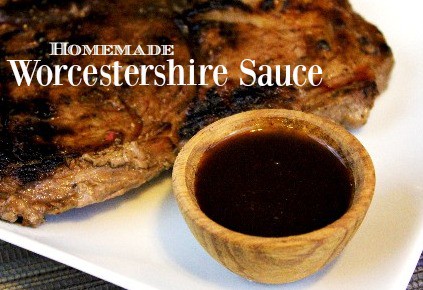
- Burgers: Add a splash of Worcestershire sauce to your burger patties for extra depth of flavor.
- Marinades: Use it as a base for marinades for steak, chicken, or pork.
- Stews and Soups: Stir a spoonful into stews and soups to enhance their savory notes.
- Bloody Marys: A key ingredient in a classic Bloody Mary cocktail.
- Chili: Enhances the flavor of chili with its deep umami notes.
- Meatloaf: Adds moisture and savory flavor to meatloaf.
- Shepherd’s Pie: A fantastic addition to the savory meat filling.
- Pizza: Drizzle a small amount over pizza for a unique savory kick.
- Mac and Cheese: Adds a complex umami flavor to mac and cheese, creating a delightful twist on a classic comfort food.
- Grilled Vegetables: Brush grilled vegetables with a mixture of olive oil and Worcestershire sauce for a savory glaze.
Don’t be afraid to experiment and discover your own favorite ways to use this versatile sauce! Let your creativity flow and explore the depth of flavor that Worcestershire sauce brings to your culinary adventures.
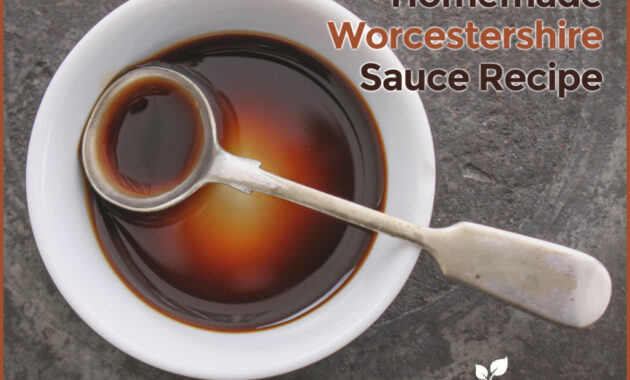
Tips and Tricks for Perfect Worcestershire Sauce
- Aging is Key: The longer you let the sauce age in the refrigerator, the more the flavors will meld and deepen. Aim for at least 2 weeks, but a month or more is even better.
- Adjust the Heat: If you prefer a spicier sauce, add more red pepper flakes or a pinch of cayenne pepper.
- Use Quality Ingredients: The better the quality of your ingredients, the better the flavor of your Worcestershire sauce. Opt for high-quality molasses, vinegar, and soy sauce.
- Sterilize Your Bottles: To ensure your sauce stays fresh for longer, sterilize your glass bottles or jars before filling them. You can do this by boiling them in water for 10 minutes.
- Tamarind Substitute: If you can’t find tamarind paste, you can substitute it with a mixture of lime juice and brown sugar.
- Vegetarian Option: For a vegetarian version, omit the anchovies and add a tablespoon of mushroom powder or dried shiitake mushrooms during the simmering process.
- Consistency Control: If the sauce becomes too thick during storage, simply add a small amount of water to thin it out to your desired consistency.
Making your own Worcestershire sauce is a rewarding experience that allows you to control the ingredients and customize the flavor to your exact preferences. With a little patience and attention to detail, you can create a truly unique and delicious condiment that will elevate your cooking to the next level. The depth of flavor in this Worcestershire sauce will be the best!
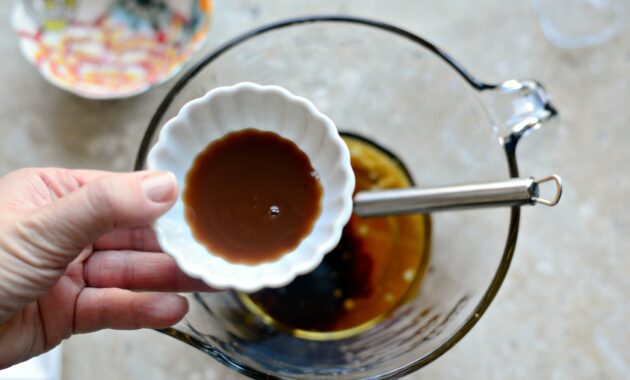
This homemade Worcestershire sauce is a testament to the idea that some of the best things in life are worth the time and effort. So, gather your ingredients, follow the steps, and embark on this flavor-filled adventure. You’ll be amazed at the results and the endless culinary possibilities that await you.
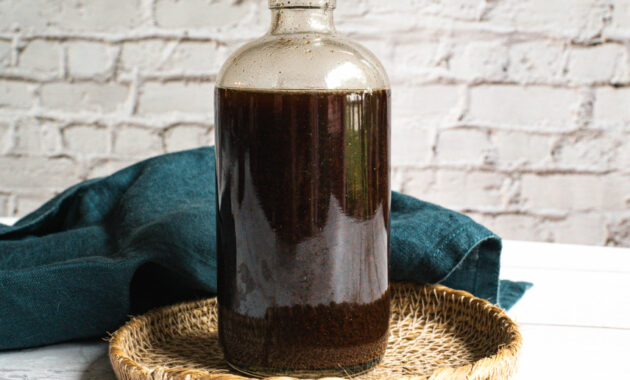
Now that you know how to make your own Worcestershire sauce you can add depth and flavor to any dish. You can also easily change the ingredients to make this recipe your own. So what are you waiting for?
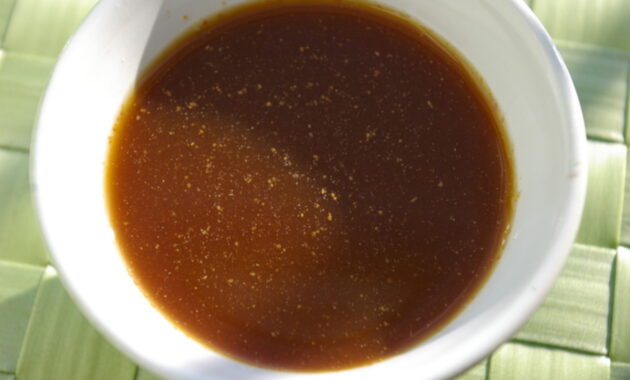
Enjoy experimenting and tasting your way to the perfect homemade Worcestershire sauce.
